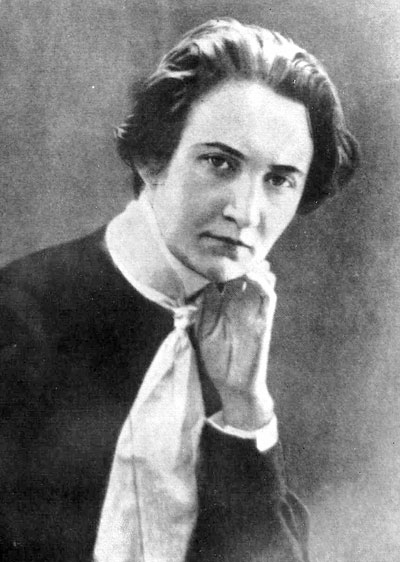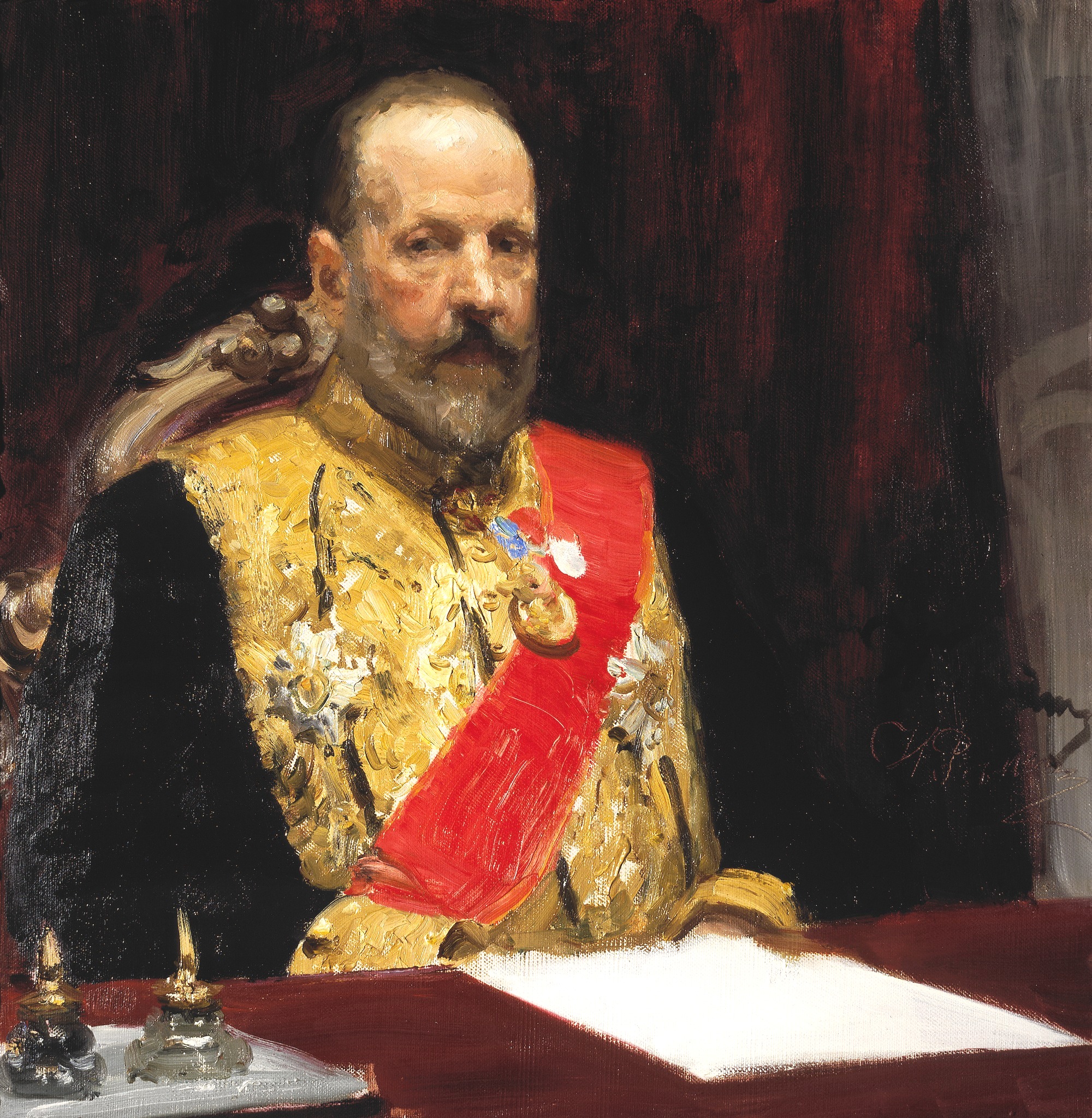|
Ukrainian People's Republic Of Soviets
The Ukrainian People's Republic of Soviets (russian: Украинская Народная Республика Советов, translit=Ukrainskaya Narodnaya Respublika Sovjetov) was a short-lived (1917–1918) Soviet republic of the Russian SFSR that was created by the declaration of the Kharkiv All-Ukrainian Congress of Soviets "About the self-determination of Ukraine" on in the Noble Assembly building in Kharkiv. Headed by the Provisional Workers' and Peasants' Government of Ukraine formed earlier in Kursk. The republic was later united into the Ukrainian Soviet Republic and, eventually, liquidated, because of a cessation of support from the government of the Russian SFSR when the Treaty of Brest-Litovsk was signed. History Preparation of the All-Ukrainian congress of Soviets in Kyiv The idea to call for an All-Ukrainian Congress of Soviets was put forward by the Bolshevik faction within the executive committee of the Kyiv Council of workers' deputies during the united s ... [...More Info...] [...Related Items...] OR: [Wikipedia] [Google] [Baidu] |
Republics Of The Soviet Union
The Republics of the Union of Soviet Socialist Republics or the Union Republics ( rus, Сою́зные Респу́блики, r=Soyúznye Respúbliki) were National delimitation in the Soviet Union, national-based administrative units of the Soviet Union, Union of Soviet Socialist Republics (USSR). The Soviet Union was formed in 1922 by a Treaty on the Creation of the Union of Soviet Socialist Republics, treaty between the Soviet republics of Byelorussian Soviet Socialist Republic, Byelorussia, Russian Soviet Federative Socialist Republic, Russia, Transcaucasian Socialist Federative Soviet Republic, Transcaucasia, and Ukrainian Soviet Socialist Republic, Ukraine, by which they became its constituent republics. For most of its history, the USSR was a highly Centralisation, centralized state despite its nominal structure as a federation of republics; the decentralization reforms during the era of ''perestroika'' and ''glasnost'' conducted by Mikhail Gorbachev are cited as o ... [...More Info...] [...Related Items...] OR: [Wikipedia] [Google] [Baidu] |
Central Council Of Ukraine
The Central Council of Ukraine ( uk, Українська Центральна Рада, ) (also called the Tsentralna Rada or the Central Rada) was the All-Ukrainian council (soviet) that united deputies of soldiers, workers, and peasants deputies as well as few members of political, public, cultural and professional organizations of the Ukrainian People's Republic.Arkadii Zhukovsky. Central Rada'. Encyclopedia of Ukraine. After the All-Ukrainian National Congress (19–21 April 1917), the Council became the revolutionary parliament in the interbellum lasting until the Ukrainian-Soviet War. Unlike many other councils (soviets) in the Russian Republic, bolshevization of this soviet failed completely, causing members of the Russian Social Democratic Labour Party (Bolsheviks) in Ukraine, also known as Social-Democracy of Ukraine, to relocate to Kharkiv. Overview From its beginning the council directed the Ukrainian national movement and with its four Universals led the country from ... [...More Info...] [...Related Items...] OR: [Wikipedia] [Google] [Baidu] |
Yevgenia Bosch
Yevgenia Bogdanovna; russian: Го́тлибовна) Bosch; russian: Евге́ния Богда́новна Бош; german: Jewgenija Bogdanowna Bosch (née Meisch ; – 5 January 1925) was a Ukrainian Bolshevik revolutionary, politician, and member of the Soviet government in Ukraine during the revolutionary period in the early 20th century. Yevgenia Bosch is sometimes considered the first modern woman leader of a national government, having been Minister of Interior and the Acting Leader of the provisional Soviet government of Ukraine in 1917. For that reason she is also sometimes considered the first Prime Minister of independent Ukraine. Early life and family Officially, Bosch was born in Adjigiol village near Ochakiv, in the Kherson Governorate of the Russian Empire, but some records report that she was born in Ochakiv, Kherson Governorate in a family of a German colonist, mechanic, and landowner Gotlieb Meisch and Bessarabian noblewoman Maria Krusser. Yevgenia Bosch ... [...More Info...] [...Related Items...] OR: [Wikipedia] [Google] [Baidu] |
Kyiv Military-Revolutionary Committee
Kyiv, also spelled Kiev, is the capital and most populous city of Ukraine. It is in north-central Ukraine along the Dnieper River. As of 1 January 2021, its population was 2,962,180, making Kyiv the seventh-most populous city in Europe. Kyiv is an important industrial, scientific, educational, and cultural center in Eastern Europe. It is home to many high-tech industries, higher education institutions, and historical landmarks. The city has an extensive system of public transport and infrastructure, including the Kyiv Metro. The city's name is said to derive from the name of Kyi, one of its four legendary founders. During its history, Kyiv, one of the oldest cities in Eastern Europe, passed through several stages of prominence and obscurity. The city probably existed as a commercial center as early as the 5th century. A Slavic settlement on the great trade route between Scandinavia and Constantinople, Kyiv was a tributary of the Khazars, until its capture by the Varangians ... [...More Info...] [...Related Items...] OR: [Wikipedia] [Google] [Baidu] |
Grigoriy Zinoviev
Grigory Yevseyevich Zinoviev, . Transliterated ''Grigorii Evseevich Zinov'ev'' according to the Library of Congress system. (born Hirsch Apfelbaum, – 25 August 1936), known also under the name Ovsei-Gershon Aronovich Radomyslsky (russian: Овсей-Гершен Аронович Радомысльски, links=no), was a Soviet revolutionary and politician. He was an Old Bolshevik and a close associate of Vladimir Lenin. During the 1920s, Zinoviev was one of the most influential figures in the Soviet leadership and the chairman of the Communist International. Born in Ukraine to a Jewish family, Zinoviev began revolutionary activities by joining the underground Russian Social Democratic Labour Party (RSDLP) in 1901. In 1903 the RSDLP split between the Menshevik faction led by Julius Martov and the Bolsheviks led by Vladimir Lenin. Zinoviev joined Lenin's faction and in doing so he became one of the original Bolsheviks. As a Bolshevik, Zinoviev engaged in revolutionary activities ... [...More Info...] [...Related Items...] OR: [Wikipedia] [Google] [Baidu] |
Ukrainian Constituent Assembly
The Ukrainian Constituent Assembly ( uk, Українські Установчі Збори) was a planned All-National Congress which was supposed to confirm the Constitution of the Ukrainian People's Republic and establish a new political system. The Assembly was supposed to be the supreme state power and elections to which were to be organized by the Central Council (also known as the Central Rada), which would hold its sessions between the meetings of the Assembly. The Assembly was suspended because of the Bolshevik aggression in the Ukrainian–Soviet War (part of the Russian Civil War) of December 25, 1917 that led to a proclamation of Ukrainian independence by the IV Universal. Overview The idea for an All-National Congress surfaced after the February Revolution, but was strongly opposed by the Russian Provisional Government which interpreted it as separatism on the part of the Central Council. In its very first Universal the Central Council declared that only the All-Na ... [...More Info...] [...Related Items...] OR: [Wikipedia] [Google] [Baidu] |
October Revolution
The October Revolution,. officially known as the Great October Socialist Revolution. in the Soviet Union, also known as the Bolshevik Revolution, was a revolution in Russia led by the Bolshevik Party of Vladimir Lenin that was a key moment in the larger Russian Revolution of 1917–1923. It was the second revolutionary change of government in Russia in 1917. It took place through an armed insurrection in Petrograd (now Saint Petersburg) on . It was the precipitating event of the Russian Civil War. The October Revolution followed and capitalized on the February Revolution earlier that year, which had overthrown the Tsarist autocracy, resulting in a liberal provisional government. The provisional government had taken power after being proclaimed by Grand Duke Michael, Tsar Nicholas II's younger brother, who declined to take power after the Tsar stepped down. During this time, urban workers began to organize into councils (soviets) wherein revolutionaries criticized the pro ... [...More Info...] [...Related Items...] OR: [Wikipedia] [Google] [Baidu] |
General Secretariat Of Ukraine
The General Secretariat of Ukraine ( uk, Генеральний секретаріат УЦР—УНР) was the autonomous Ukrainian executive government of the Russian Republic from June 28, 1917 to January 22, 1918. For most of its existence it was headed by Volodymyr Vynnychenko. The secretariat was created after the Central Council of Ukraine accepted a proposal of the Ukrainian Party of Socialist Revolutionaries. According to the Encyclopedia of Ukraine, this event took place five days after the proclamation of the 1st Universal of the Central Council of Ukraine, however many contemporary historians have other opinions in that regard. The initial composition of the secretariat included eight General Secretaries (ministers) and one General Scribe (secretary). Background The first document of the government that identified its program was the ''Declaration of the General Secretariat''. It was publicly announced at the plenum meeting of the Central Council of Ukraine on Ju ... [...More Info...] [...Related Items...] OR: [Wikipedia] [Google] [Baidu] |
Russian Provisional Government
The Russian Provisional Government ( rus, Временное правительство России, Vremennoye pravitel'stvo Rossii) was a provisional government of the Russian Republic, announced two days before and established immediately after the abdication of Nicholas II. The intention of the provisional government was the organization of elections to the Russian Constituent Assembly and its convention. The provisional government, led first by Prince Georgy Lvov and then by Alexander Kerensky, lasted approximately eight months, and ceased to exist when the Bolsheviks gained power in the October Revolution in October N.S.">Old_Style_and_New_Style_dates.html" ;"title="ovember, Old Style and New Style dates">N.S.1917. According to Harold Whitmore Williams, the history of the eight months during which Russia was ruled by the Provisional Government was the history of the steady and systematic disorganization of the army. For most of the life of the Provisional Government ... [...More Info...] [...Related Items...] OR: [Wikipedia] [Google] [Baidu] |
State Duma (Russian Empire)
The State Duma, also known as the Imperial Duma, was the lower house of the Governing Senate in the Russian Empire, while the upper house was the State Council. It held its meetings in the Taurida Palace in St. Petersburg. It convened four times between 27 April 1906 and the collapse of the Empire in February 1917. The first and the second dumas were more democratic and represented a greater number of national types than their successors. The third duma was dominated by gentry, landowners and businessmen. The fourth duma held five sessions; it existed until 2 March 1917, and was formally dissolved on 6 October 1917. History Coming under pressure from the Russian Revolution of 1905, on August 6, 1905 (O.S.), Sergei Witte (appointed by Nicholas II to manage peace negotiations with Japan after the Russo-Japanese War of 1904–1905) issued a manifesto about the convocation of the Duma, initially thought to be a purely advisory body, the so-called Bulygin-Duma. In the subsequent ... [...More Info...] [...Related Items...] OR: [Wikipedia] [Google] [Baidu] |
Governorate (Russia)
A governorate, gubernia, province, or government ( rus, губе́рния, p=ɡʊˈbʲɛrnʲɪjə, also romanized ; uk, губернія, huberniia), was a major and principal administrative subdivision of the Russian Empire. After the empire was ended by revolution, they remained as subdivisions in Belarus, the Russian republic, Ukraine, and in the Soviet Union from its formation until 1929. The term is also translated as ''government'', ''governorate'', or ''province''. A governorate was ruled by a governor (, ''gubernator''), a word borrowed from Latin , in turn from Greek . Selected governorates were united under an assigned governor general such as the Grand Duchy of Finland, Congress Poland, Russian Turkestan and others. There also were military governors such as Kronstadt, Vladivostok, and others. Aside from governorates, other types of divisions were oblasts (region) and okrugs (district). First reform This subdivision type was created by the edict (ukase) of Peter ... [...More Info...] [...Related Items...] OR: [Wikipedia] [Google] [Baidu] |


.jpg)




